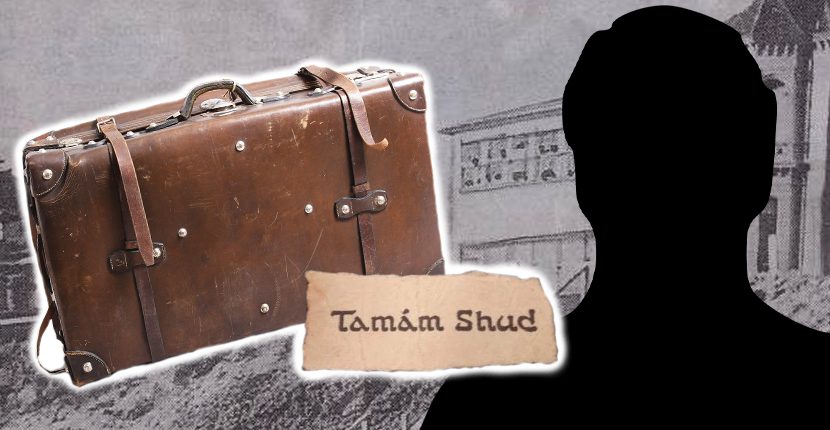Recent history is full of unsolved crimes and mysteries that have baffled people for years. Some of them have become famous due to the significant media coverage they received, while others became popular among crime and mystery enthusiasts due to their notoriety and weirdness. One such case is the case of the Somerton Man, also known as the Tamam Shud case, an enigma that may never be solved.
The body of an unknown man, aged 40 to 45 was found on Somerton Beach near Glenelg, South Australia, on the morning of December 1, 1948. The man was lying on his back as if he were asleep. When the body was transported to the coroner’s office, it was discovered that all labels had been removed from his clothing, and there were no documents or clues that would reveal the man’s identity. Several witnesses told the police that they saw the man wandering around the beach the evening before, and other witnesses confirmed that they saw him lie down, presumably to take a nap. However, the man’s shoes were perfectly clean, as if he never walked on the sandy beach surface and was somehow transported directly to the spot where he was found.
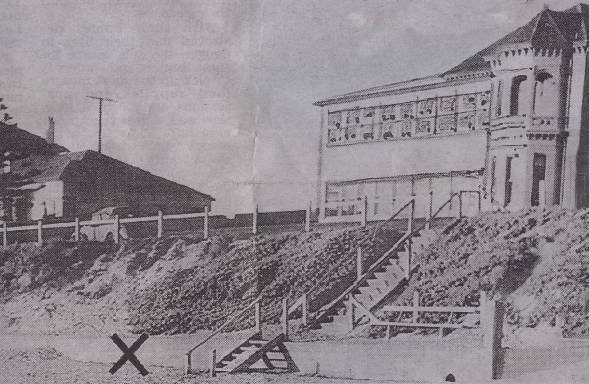
While performing the autopsy on the physically fit body, the coroner found newly developed ulcers and traces of extensive internal bleeding, which led him to believe that the man was poisoned or that he committed suicide by ingesting some kind of poison. The toxicology report showed no trace of any toxic substances; the coroner concluded that the cause of death was a massively toxic substance that was undetectable at the time, but the official cause of death of the Somerton Man remains unknown.
A small piece of paper containing the phrase “Tamam Shud,” meaning “finished” in Persian, was found in a pocket of the man’s trousers that was hidden. Investigators discovered that the phrase comes from the last page of the Rubaiyat of Omar Khayyam, a collection of Persian poems from the 12th century. The police conducted an extensive investigation to locate the book from which the phrase was cut out, which the media publicized.
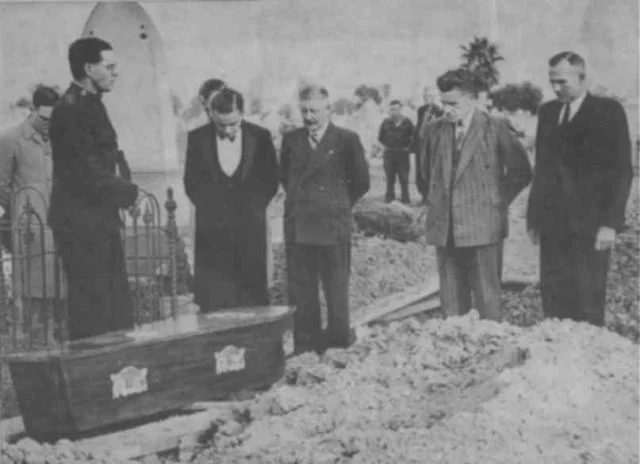
At first, they had no luck, but then a man (whose identity remains secret) discovered the book on the backseat of an abandoned car. Microscopic tests were performed on the book to confirm that it was indeed the same book from which the piece of paper was cut out, but no clues to the man’s identity were discovered.
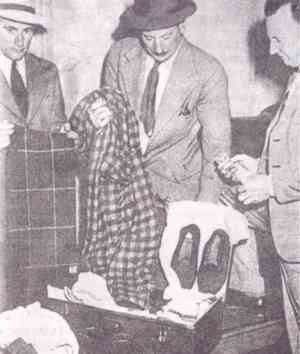
Still, the back of the book contained an Australian telephone number, another unknown number, and five lines of seemingly random text that appeared to be a coded message. Many believe that the book is the key to the decryption of the message, but no one has been able to decode it to this day.
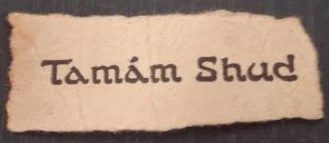
A few days after the Somerton Man was found, investigators discovered his suitcase in a public cloakroom at Adelaide railway station. The suitcase contained shaving equipment, clothing items that matched those of the deceased, sharpened scissors, and a table knife that was modified into a short, sharp instrument. Labels were removed from all clothes in the suitcase, so the investigation was at a dead end.
The only possible clue in the investigation of the man’s mysterious death was the Australian phone number found in the book. The number was registered to a nurse named Jessica Thomson.
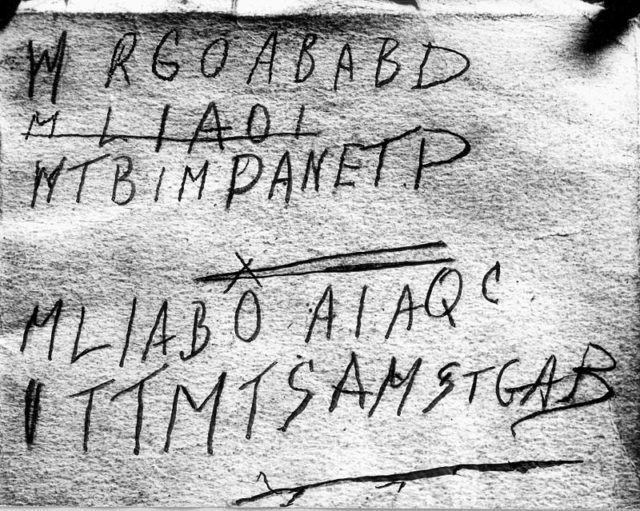
She denied ever meeting the man, but she remembered that a neighbor noticed a strange man wandering around her house when she was at work a few days before the body was found on the beach. Some believe that Jessica, in fact, knew the dead man but decided to deny knowing him because he was her former lover.
Others claim that the background of the case is much more sinister and involves espionage, which is not an unbelievable scenario since the mysterious man who apparently used a secret code was found dead at the beginning of the Cold War. The truth is buried together with the Somerton Man.
